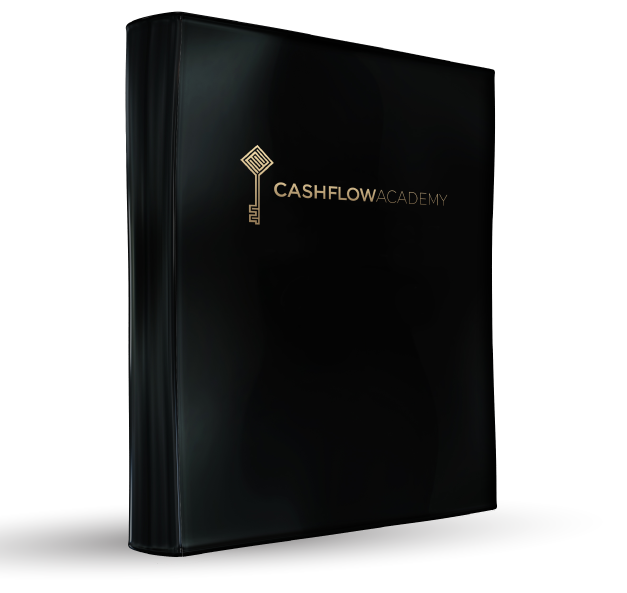A 1031 is the part of the IRS code that allows you to “swap” one income producing property for another, and defer the capital gains tax.
For example: Let’s say that you are using your first home as income property. Although the values in the neighborhood have gone up, you are only making $400 per month in cash flow; not-to-mention the stress and worry of having to re-rent when the tenants move out.
You find out that you can sell that house and buy a four-plex that has 2x’s more cash flow. But then you think, “Wait a minute won’t I owe taxes?”
This is where an experienced realtor and exchange accommodator can help.
A 1031 exchange gives you the opportunity to preserve all the equity and put it into a better, higher income producing property.
What You Don’t Know Could Cost You
Recently I met with a client who purchased a building where she intends to have her psychology practice and other mental health businesses. The office building is in a decent neighborhood, not too far from a hospital, but she still needed money to build-out the suites and provide the upgrades. Like many entrepreneurs, she came to see me because she wanted to do a refinance of her home.
While looking through her assets, I found that she owned a duplex, but it was only giving her $200 a month cash flow. When I asked her how she bought the office building, she said that she liquidated some of her retirement funds (IRA) for the down payment.
I let her know that she could have sold the duplex and exchanged it for her new office buildings. Since she is too young to liquidate retirement, she had to pay a penalty and tax at the regular income tax rate levels for withdrawing from her IRA.
Had her or her Realtor known better, she could have bought the building and equipment through the 1031 exchange and kept her IRA intact.


